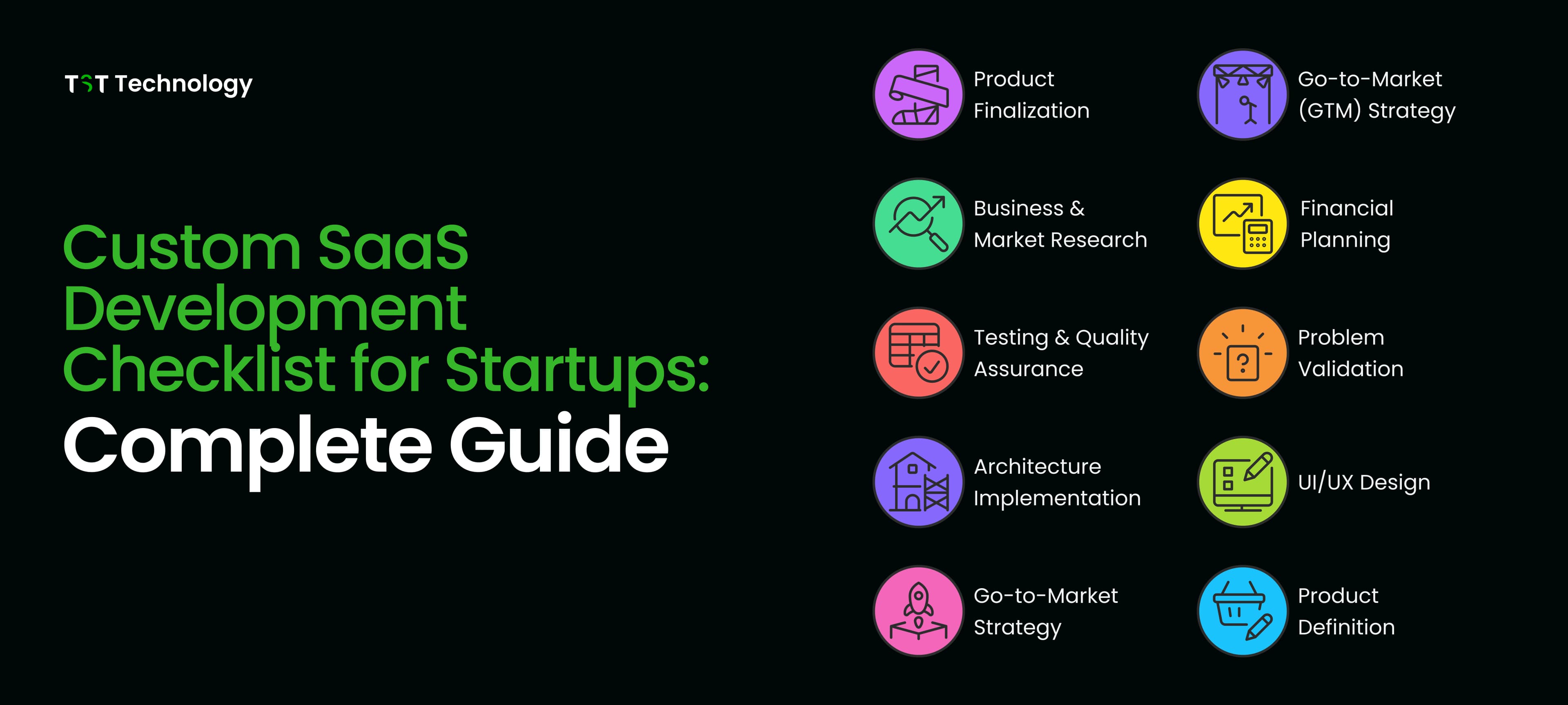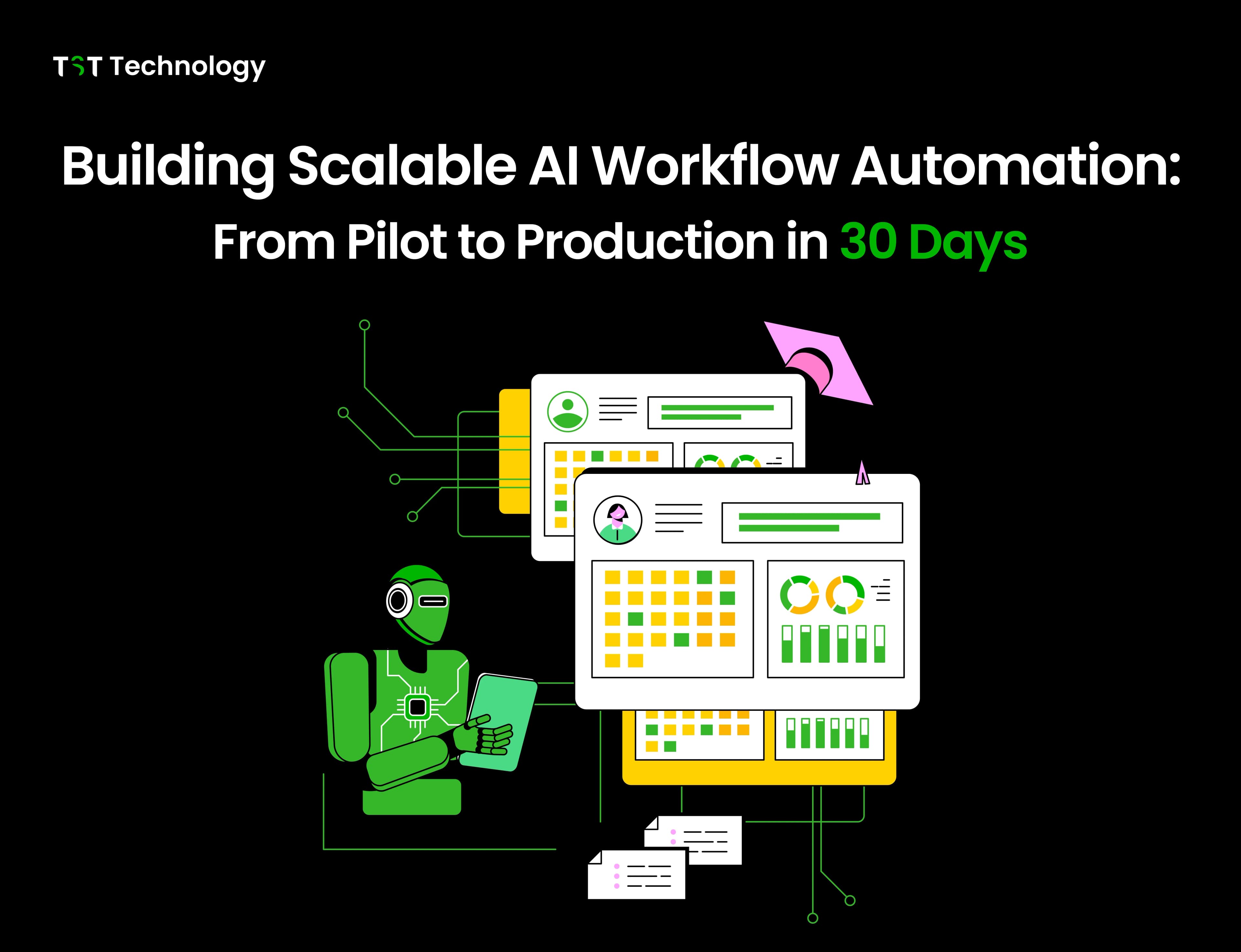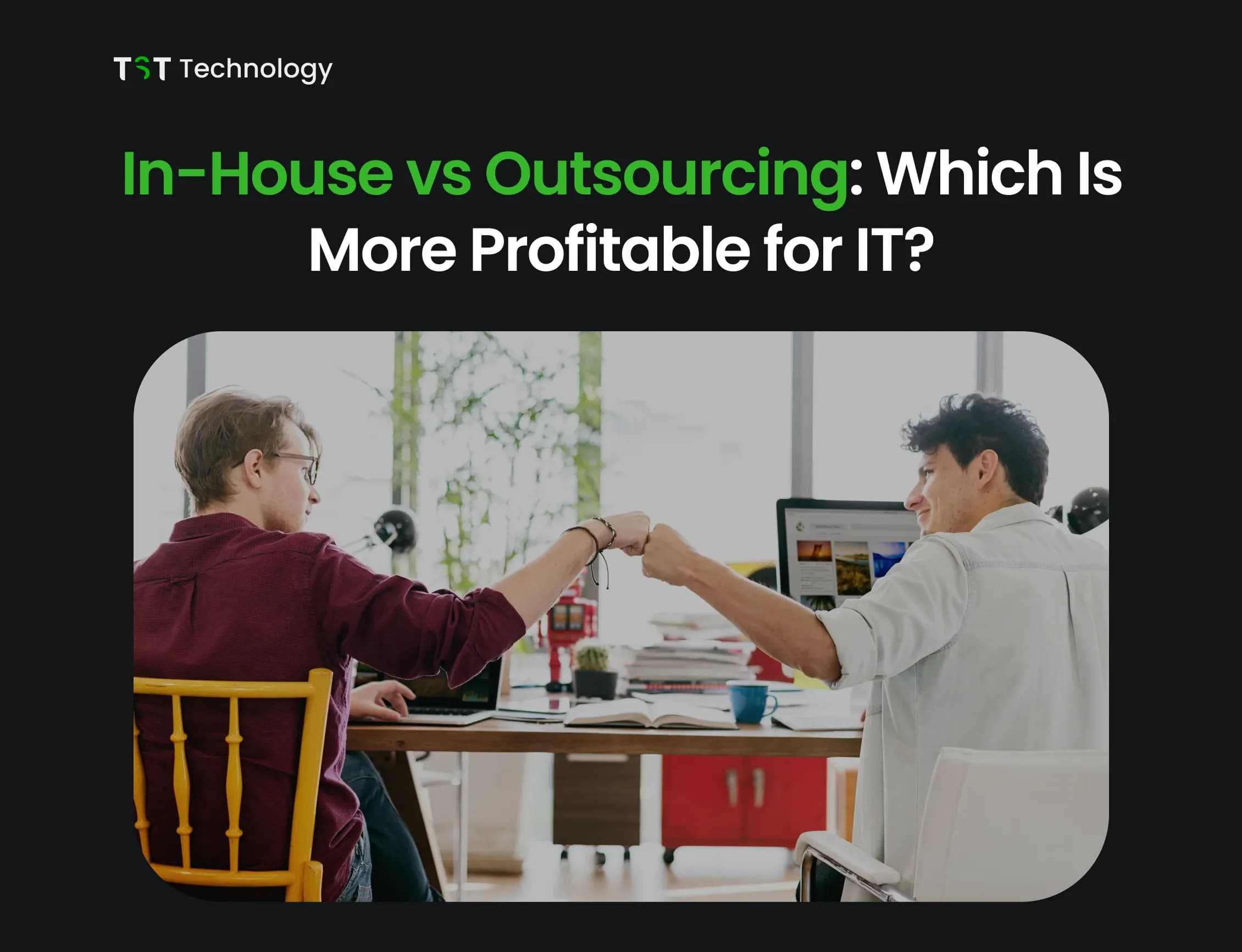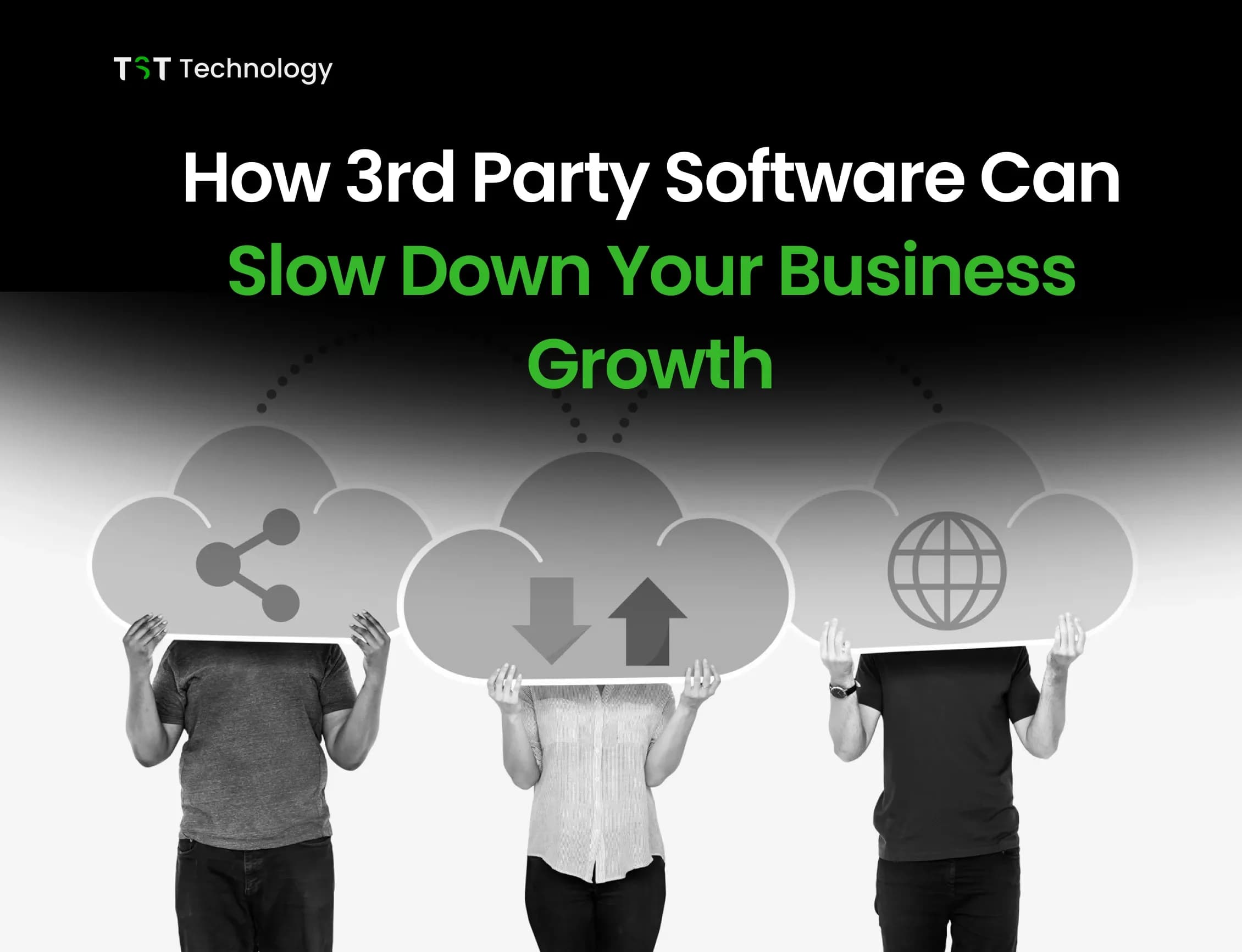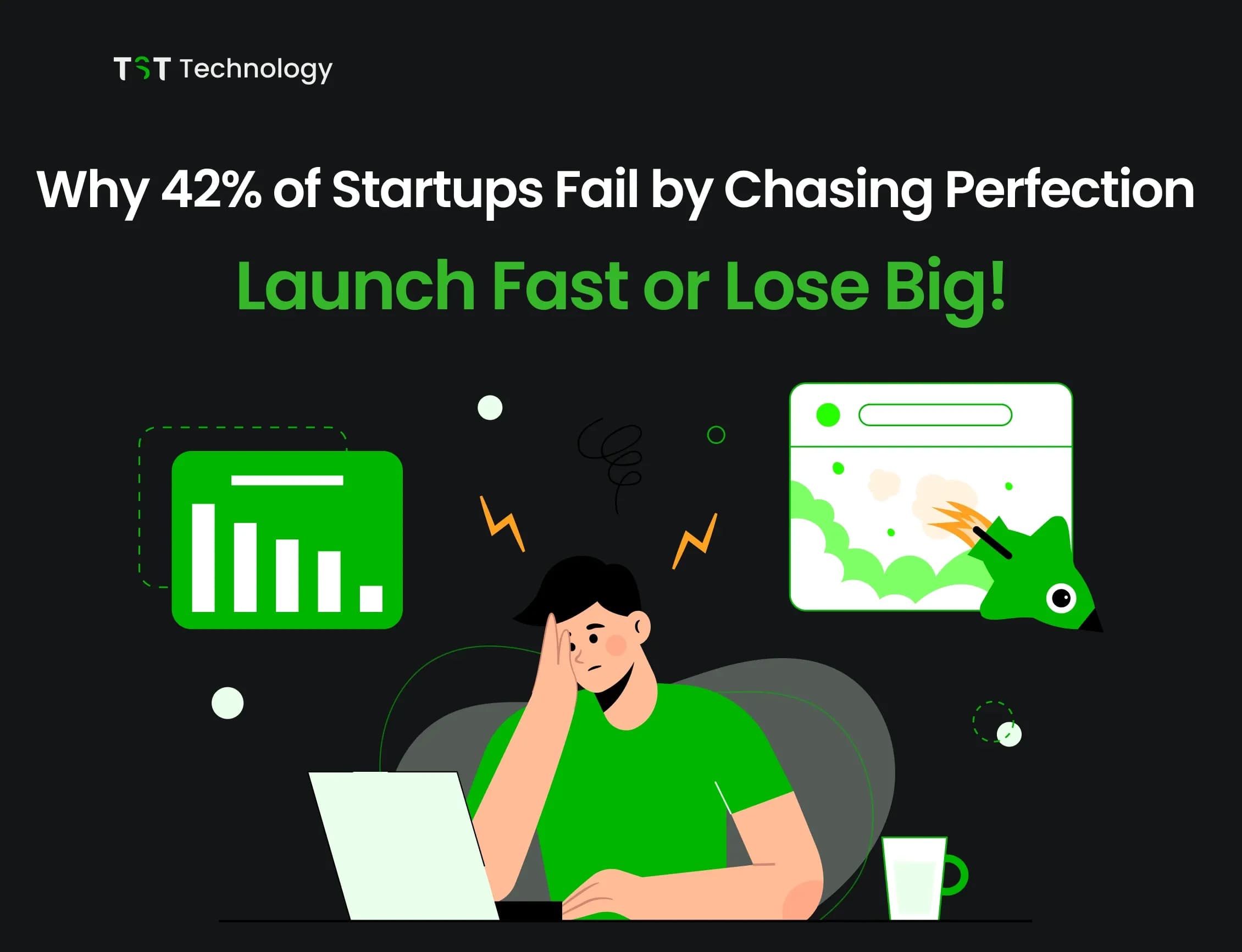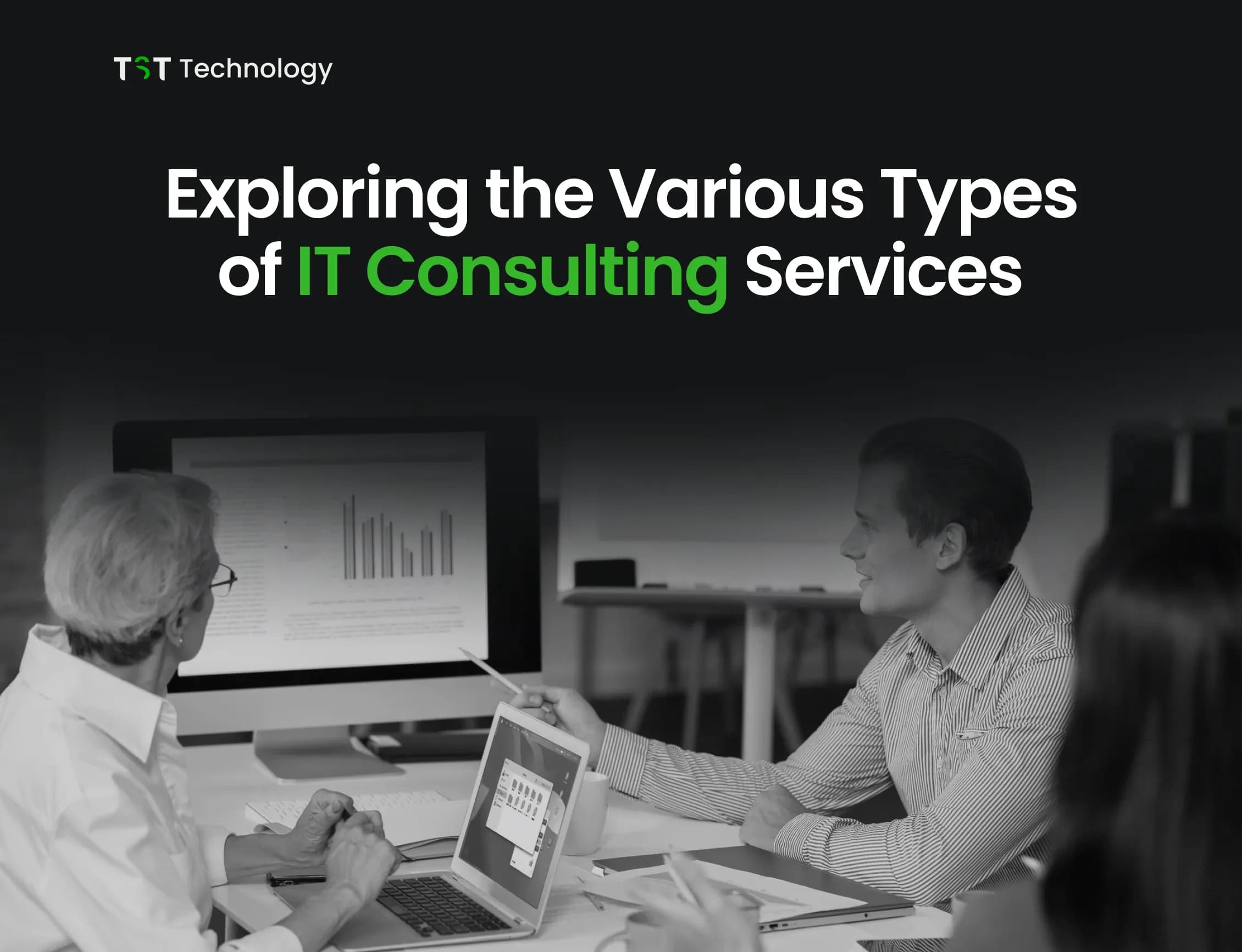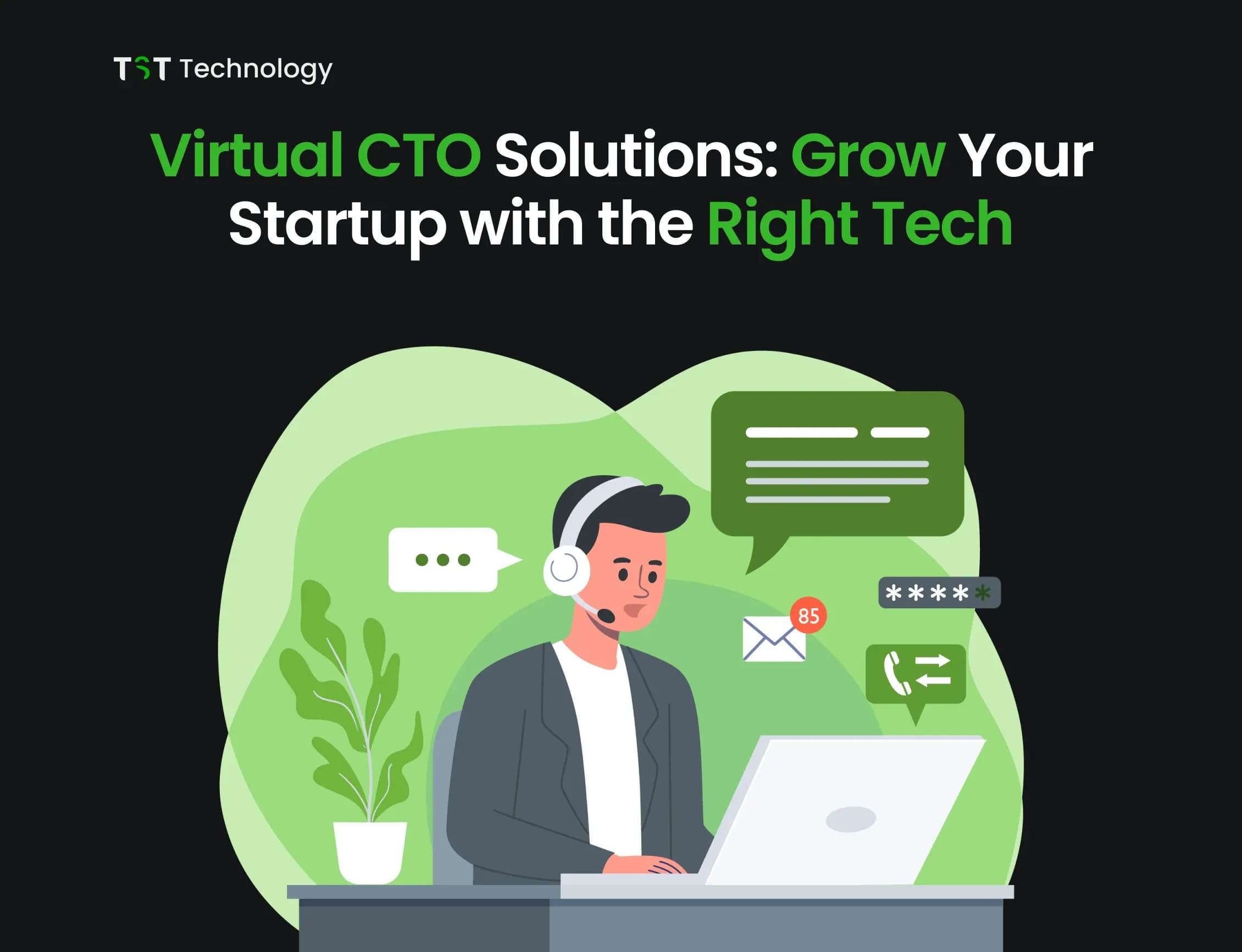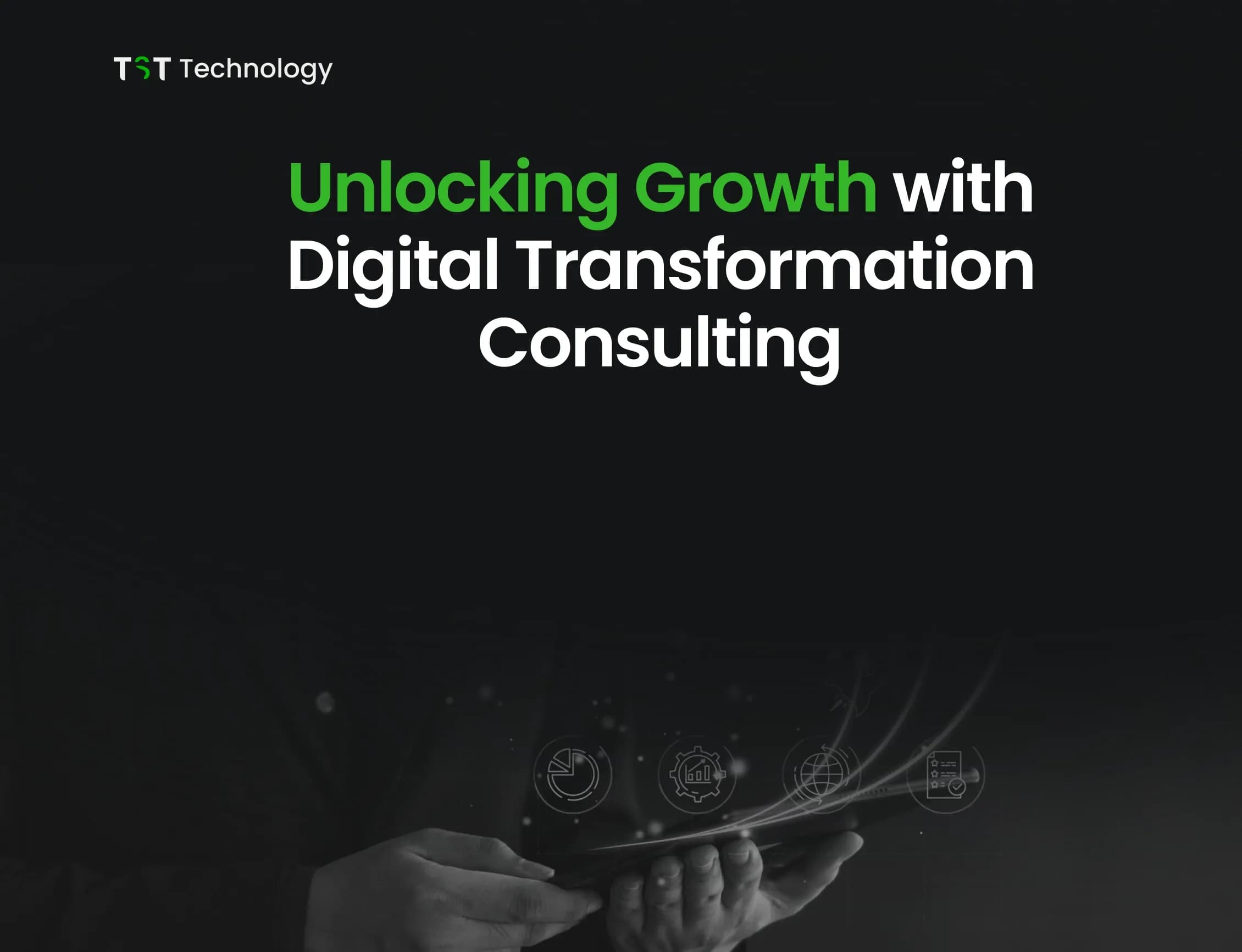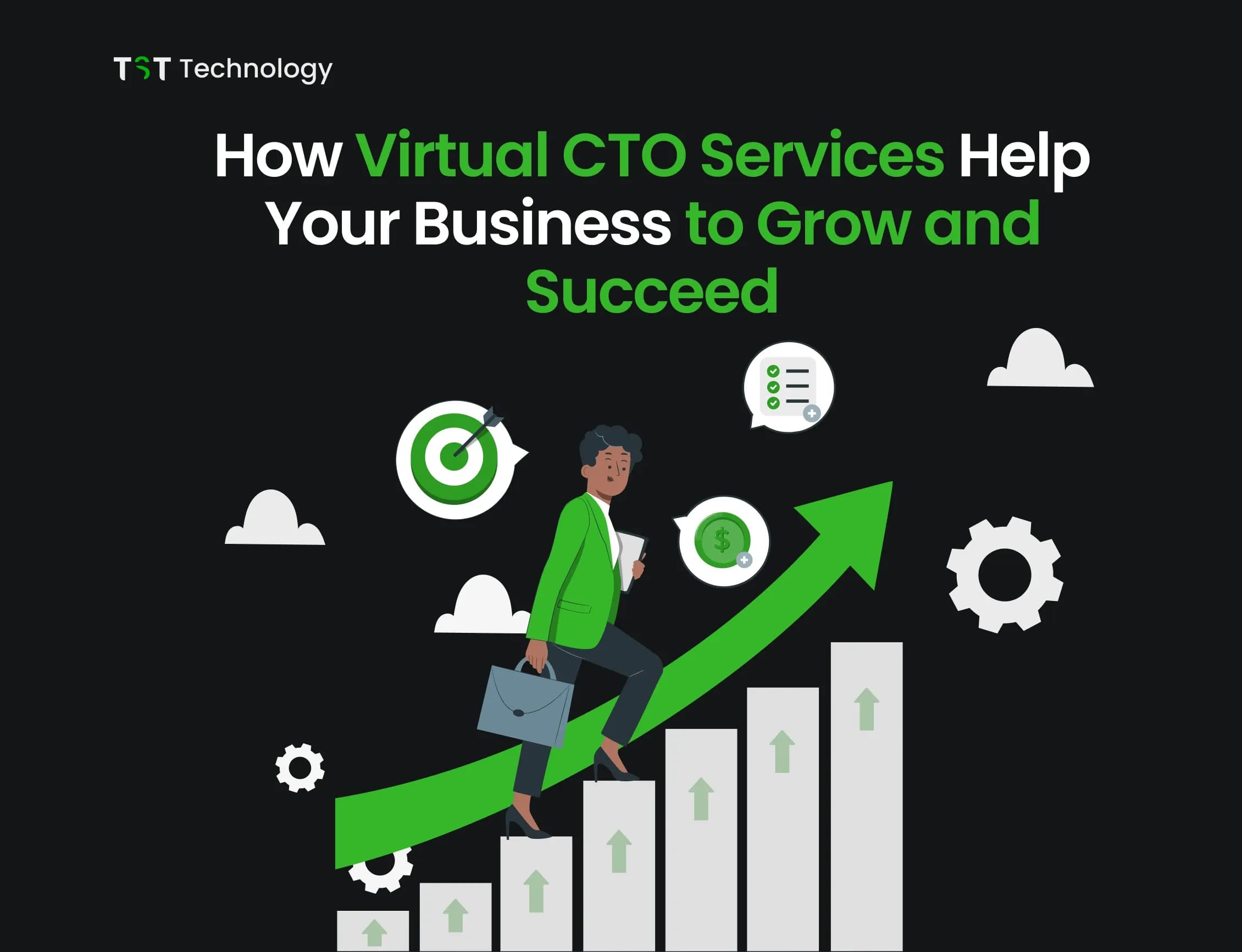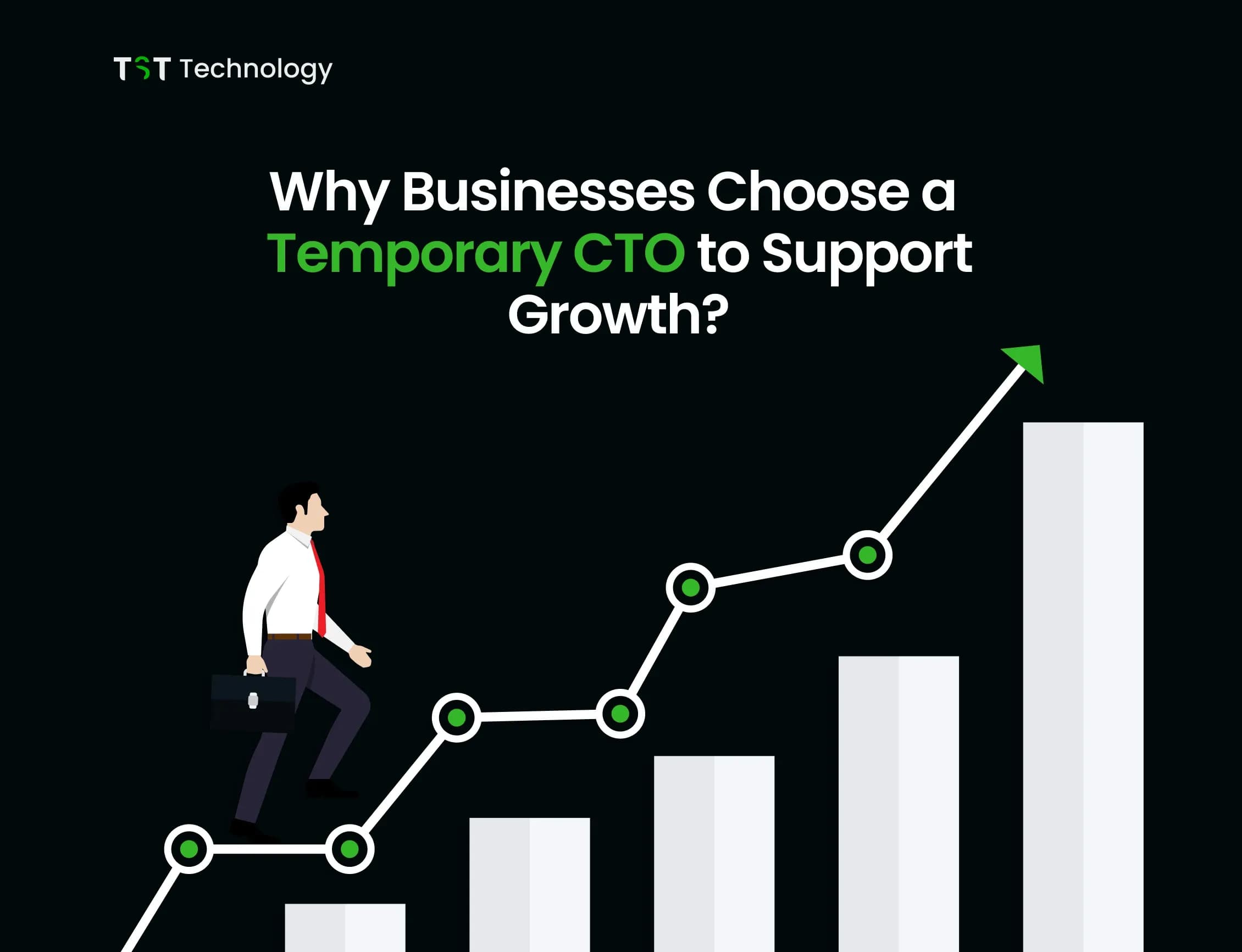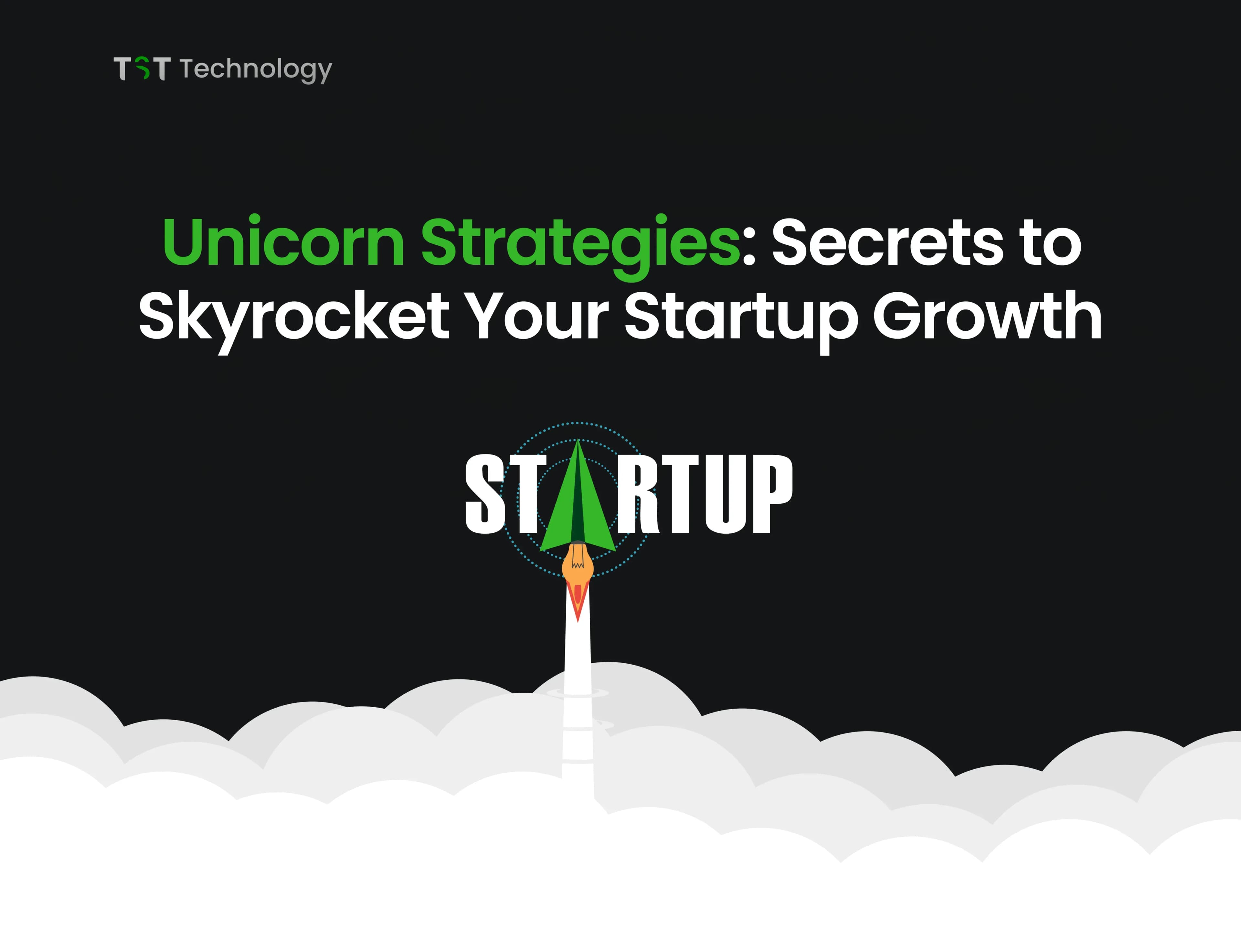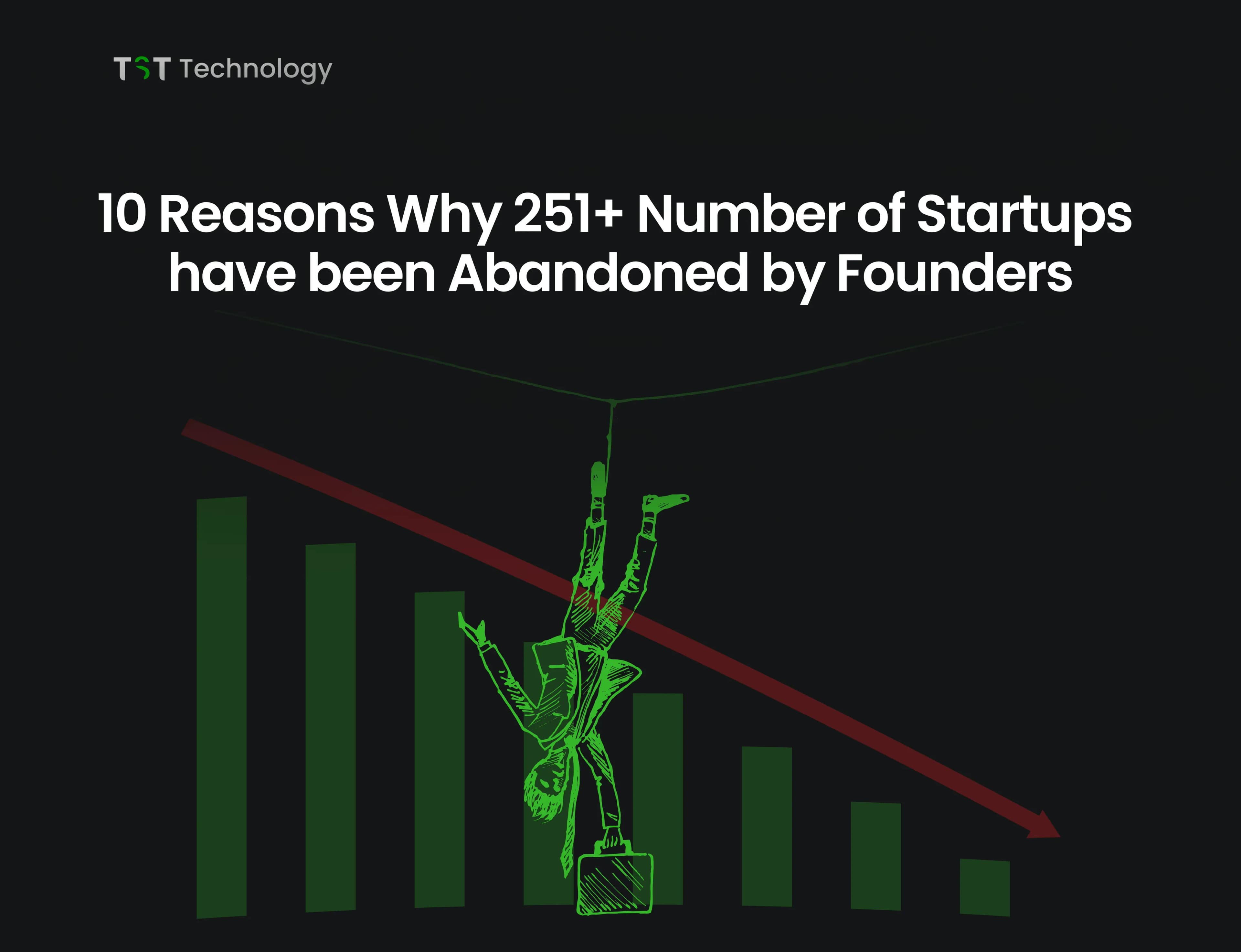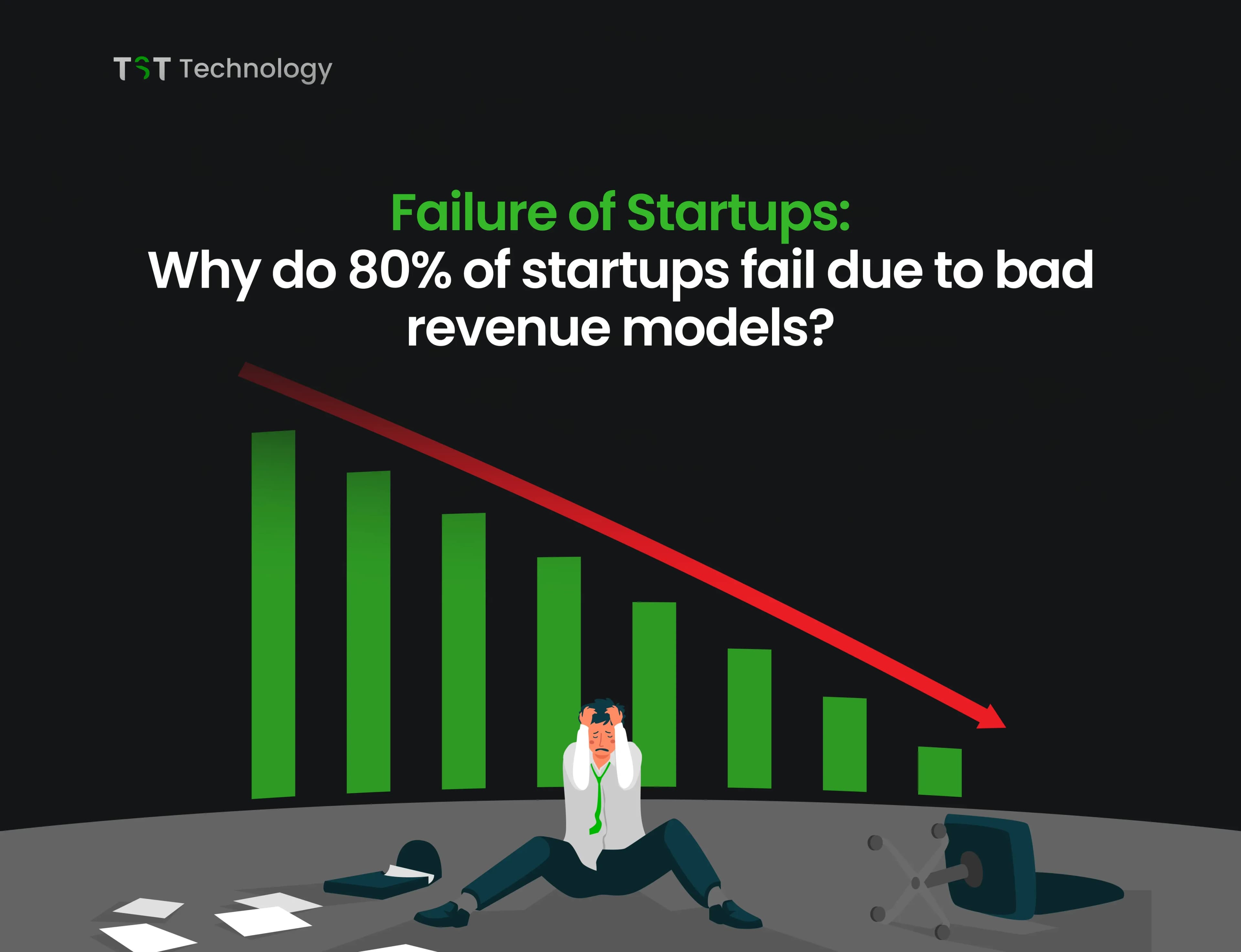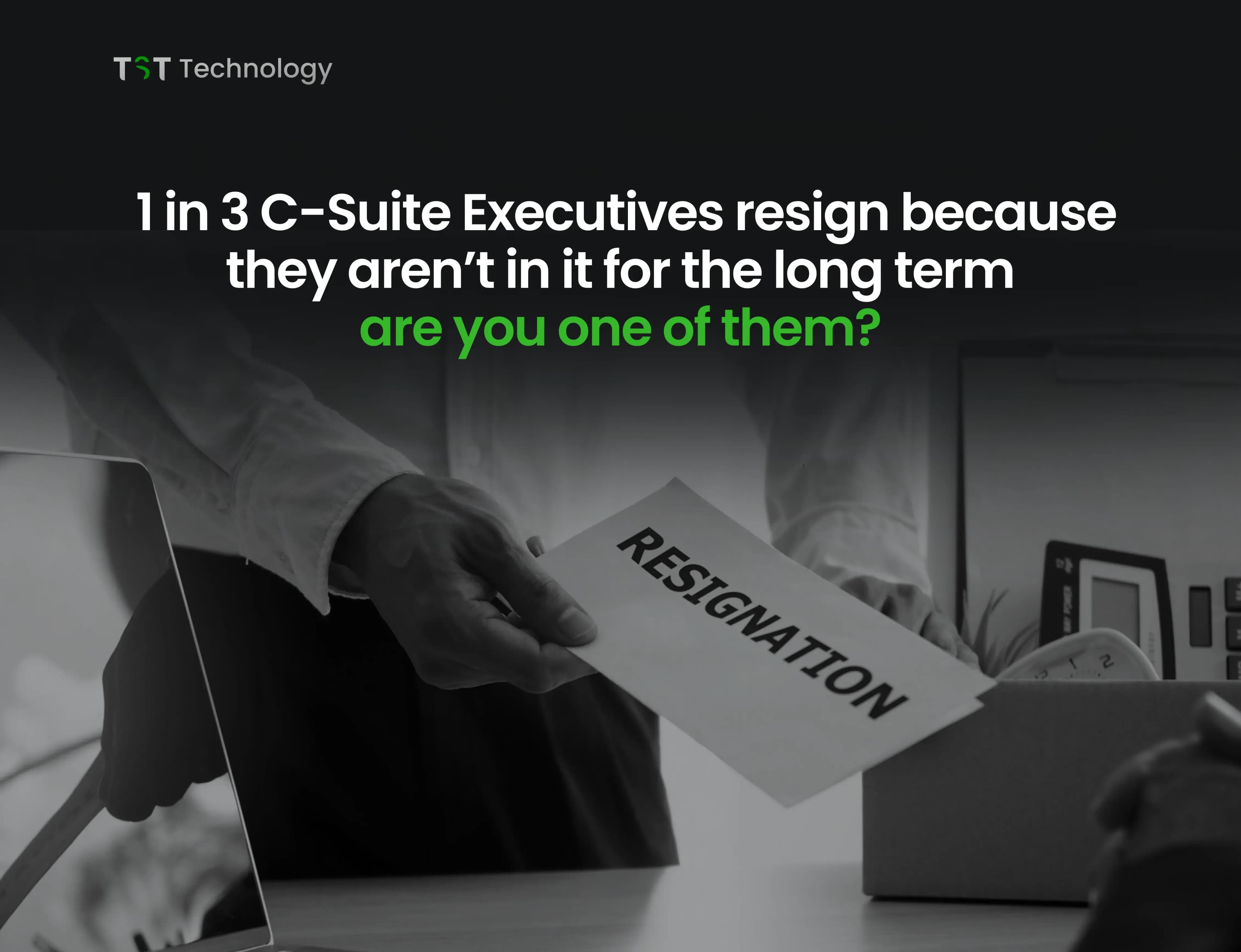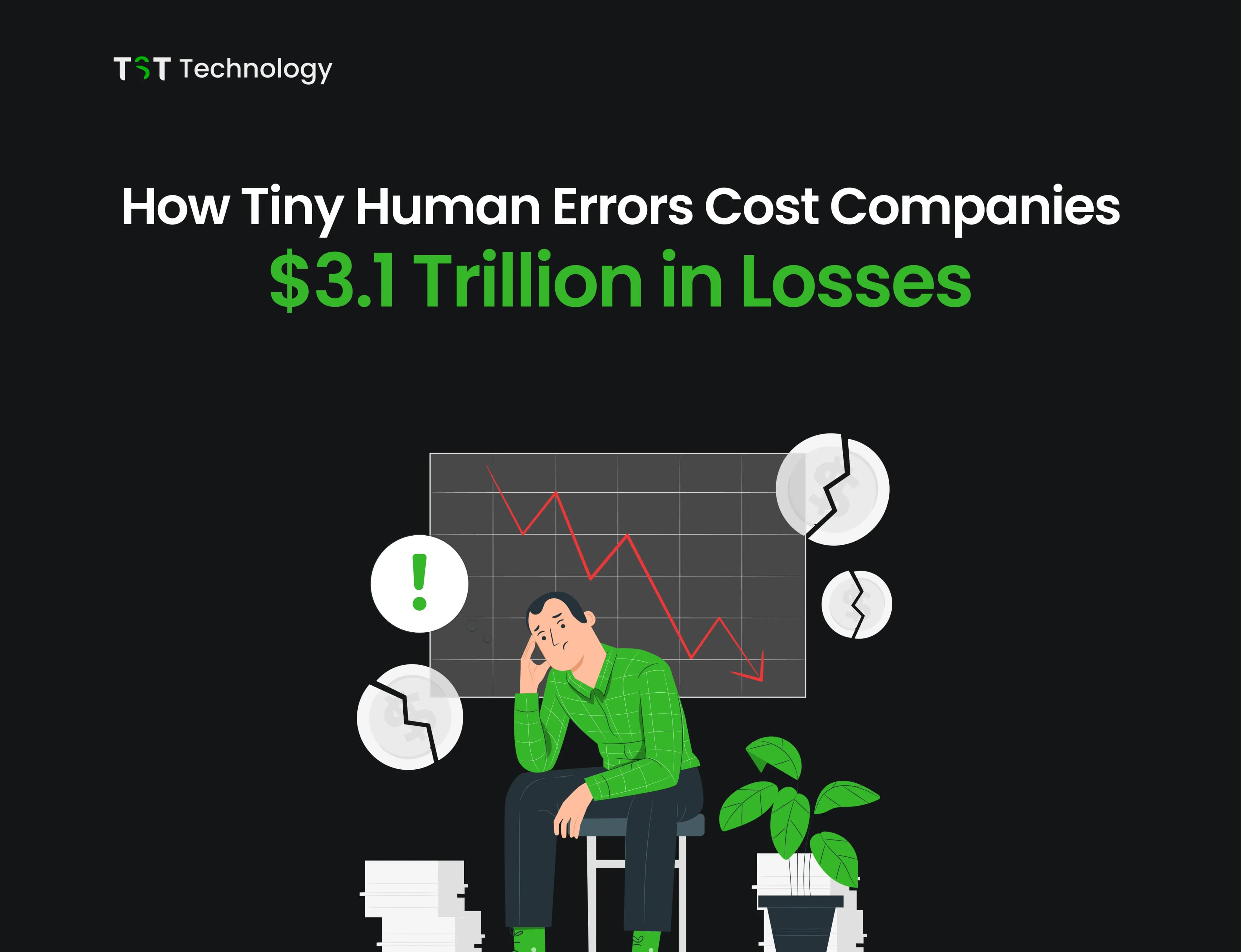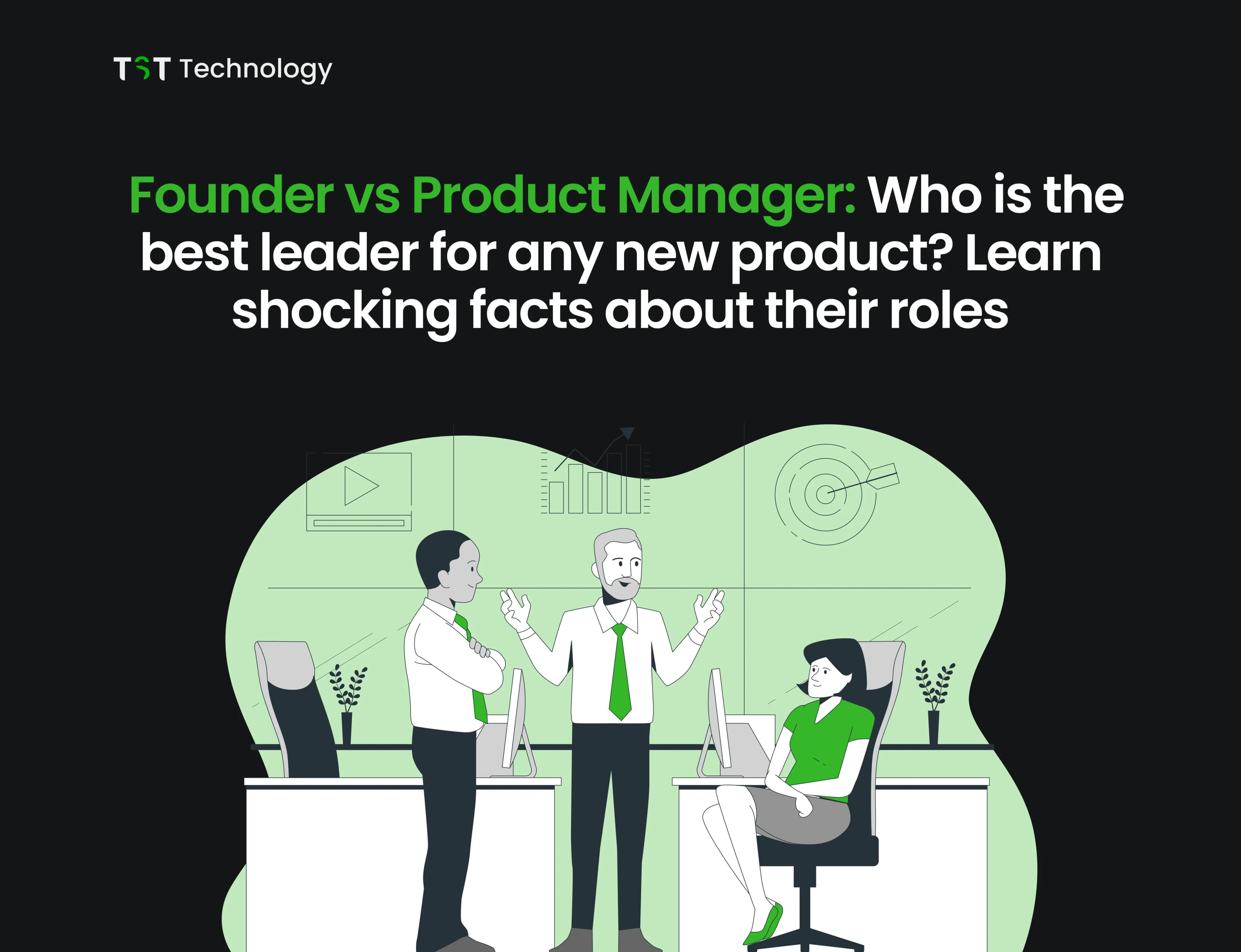Building a custom SaaS product without a clear plan is like sending a rocket into space with no flight path; you will make costly mistakes.
Many startup founders think SaaS development is simple, but it involves many moving parts. This often leads to extra costs, delays, and a product that doesn’t match what the market really needs. In reality, custom SaaS development needs careful planning across every area: product, technology, marketing, and operations. Each step includes important decisions that shape your success.
This blog will guide you through a simple, step-by-step checklist for the entire SaaS development journey from checking market demand and creating your MVP to launching the product and growing it.
Whether you are bootstrapping or raising funds, this guide will help you avoid mistakes and stay on track.
Why Custom SaaS Development Matters for Startups?
The Software as a Service (SaaS) market is booming.
According to industry projections, the global SaaS market is projected to grow from $317.55 billion in 2024 to $1,228.87 billion by 2032, with a CAGR of 18.4% For startups, building a custom SaaS solution represents both an unprecedented opportunity and a significant challenge.
Custom SaaS development lets startups build software that fits their market’s exact needs, ensuring:
- Greater market differentiation
- Full control over features and roadmap
- Long-term scalability
- Stronger customer retention through personalized experiences
- Competitive advantage in crowded niches
But building a successful custom SaaS product takes careful planning in many areas, from the tech side to marketing.
This checklist helps startups follow every important step of custom SaaS development, so nothing gets missed.
What does this checklist cover?
This guide provides actionable checklists for each phase of SaaS development:
- Strategic planning and market validation
- Technical architecture and development best practices
- Quality assurance and testing protocols
- Launch preparation and go-to-market strategy
- Post-launch growth and optimization
Pre-Development Phase Checklist: Foundation & Market Fit
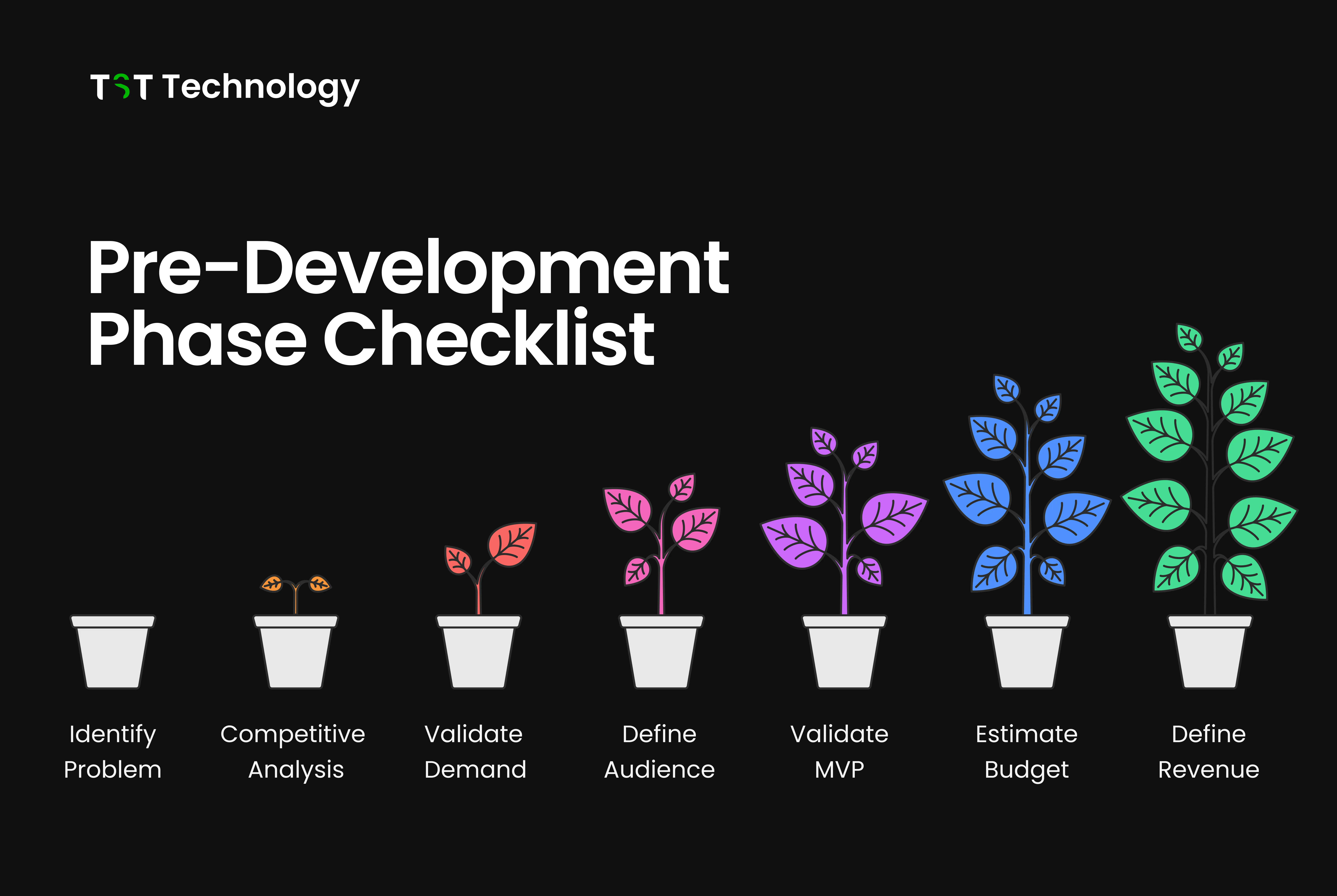
Business & Market Research
Identify the Problem: Define the specific pain point your SaaS will solve
- Document the problem statement
- Understand why existing solutions fall short
- Define your unique value proposition (UVP)
The foundation of any successful SaaS product lies in understanding the specific problems your target audience faces. Many startups rush into development without fully validating the problem, which is why tailored SaaS solutions that address genuine market needs have higher success rates.
Conduct Competitive Analysis
- Map direct and indirect competitors
- Analyze their pricing models and feature sets
- Identify market gaps and opportunities
- Document competitive advantages
- Create a competitive positioning matrix
Validate Market Demand
- Interview 15+ potential customers
- Conduct online surveys and polls
- Analyze search trends and keyword volume
- Assess market size (TAM, SAM, SOM)
- Research industry growth rates and trends
Define Target Audience & Personas
- Create 3-5 detailed buyer personas
- Include demographics, job titles, and pain points
- Document decision-making criteria
- Identify primary and secondary audiences
- Map the customer journey from awareness to purchase
Validate Your MVP Concept
- Create a simple landing page describing your solution
- Drive traffic and measure conversion rates (aim for 10%+)
- Conduct "smoke tests" to gauge interest
- Collect email signups and validate demand
- Refine messaging based on feedback
Financial Planning
Estimate Development Budget
- Break down costs by phase (design, development, QA, launch)
- Include infrastructure and third-party tool costs
- Build in contingency (20-30% buffer)
- Compare make vs. buy decisions for components
Define Revenue Model
- Choose pricing model (freemium, tiered, usage-based, etc.)
- Calculate target customer acquisition cost (CAC)
- Project customer lifetime value (CLV)
- Ensure CAC:CLV ratio is favorable (minimum 1:3)
Secure Funding (if required)
- Prepare investor pitch deck
- Identify funding sources (bootstrapping, angel investors, VC)
- Establish financial runway for 18-24 months
Ideation & Validation Checklist: Before You Build
Problem Validation
Conduct Customer Discovery Interviews
- Complete 20+ interviews with target users
- Use open-ended questions about their current workflow
- Record key pain points and unmet needs
- Document quotes and insights for marketing
- Validate willingness to pay
Create Problem Hypothesis
- Define the specific job your product will help users accomplish
- Document the jobs-to-be-done framework
- Map current alternatives and workarounds
- Identify success metrics from the user perspective
Build and Test a Landing Page MVP
- Create a simple landing page describing the solution
- Include a clear value proposition and benefits
- Add a signup form or waitlist
- Drive traffic using organic and paid channels
- Measure engagement and conversion rates
Solution Validation
Develop Solution Concept
- Brainstorm core features addressing the top 3 pain points
- Define the minimum viable product (MVP) scope
- Create a feature prioritization matrix (MoSCoW method)
- Identify must-have vs. nice-to-have features
- Document phased feature rollout plan
Create Product Vision Statement
- Define what success looks like
- Articulate long-term product roadmap (3-5 years)
- Establish product principles and values
- Document non-negotiable features and requirements
Get Pre-Launch Commitments
- Secure letters of intent from potential customers
- Establish an early adopter program
- Build beta tester waitlist (target 50-100 initial users)
- Create an advisory board of industry experts
Planning & Strategy Checklist: Blueprint for Success
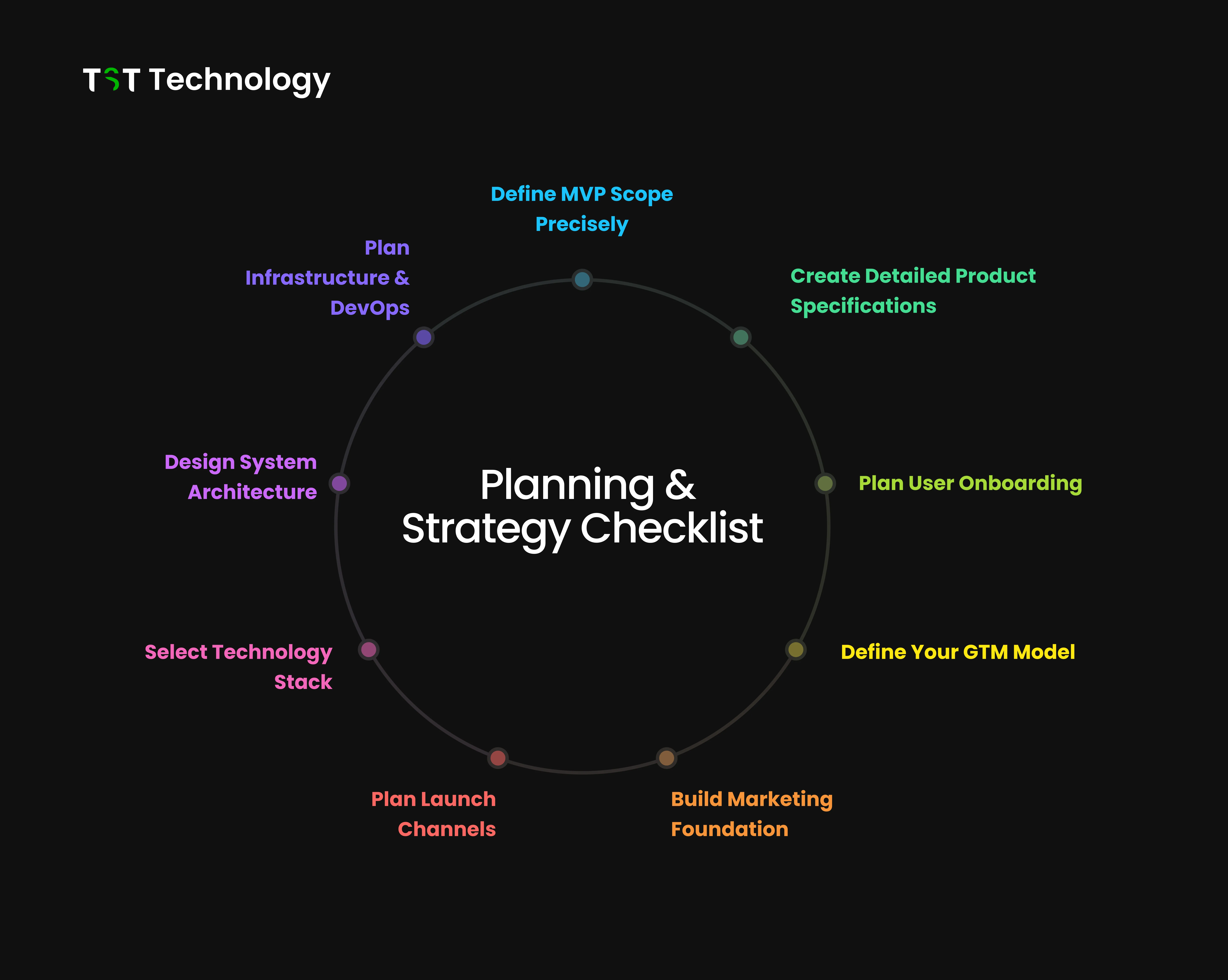
Product Definition
Define MVP Scope Precisely
- List essential features only (3-5 core features)
- Document feature descriptions and user stories
- Create acceptance criteria for each feature
- Set realistic timelines for MVP launch
- Identify features for post-launch phases (v1.1, v2.0, etc.)
Create Detailed Product Specifications
- Write software requirements specification (SRS)
- Document user workflows and scenarios
- Create user story mapping
- Define data models and system dependencies
- Outline API requirements and third-party integrations
Plan User Onboarding
- Design setup wizard or guided tour
- Create contextual help and in-app guidance
- Plan welcome email sequence
- Define activation metrics (first action users should take)
- Document role-based onboarding workflows
Go-to-Market (GTM) Strategy
Define Your GTM Model
- Choose between Product-Led Growth (PLG), Sales-Led Growth, or Marketing-Led Growth
- Outline customer acquisition strategy
- Document the sales process and sales cycle length
- Plan pricing and packaging strategy
- Create a competitive positioning statement
Build Marketing Foundation
- Define key messaging pillars
- Create brand identity guidelines
- Develop content calendar (6-month plan)
- Plan social media strategy and platforms
- Identify partnership and collaboration opportunities
Plan Launch Channels
- Identify primary launch channels (Product Hunt, Twitter, LinkedIn, etc.)
- Plan outreach to industry influencers and bloggers
- Prepare press release and media kit
- Create a launch email campaign sequence
- Schedule content across platforms
Technology & Architecture
Select Technology Stack
- Choose frontend framework (React, Vue, Angular, etc.)
- Select a backend framework and language
- Decide on a cloud infrastructure provider (AWS, Google Cloud, Azure)
- Choose database (SQL vs. NoSQL)
- Plan CI/CD tools and deployment strategy
- Document tech stack rationale and trade-offs
Design System Architecture
- Define microservices vs. monolithic approach
- Plan API design and REST/GraphQL strategy
- Document data security and encryption approach
- Plan scalability and performance architecture
- Design multi-tenant architecture (if required)
Plan Infrastructure & DevOps
- Configure cloud environment and regions
- Set up monitoring and logging systems
- Plan a backup and disaster recovery strategy
- Document infrastructure-as-code approach
- Create deployment pipelines and rollback procedures
Design & UX/UI Checklist: Creating Delightful Experiences
User Experience (UX) Design
Create User Flow Diagrams
- Map happy path for core features
- Document alternative flows and edge cases
- Identify potential friction points
- Define user states and transitions
- Create flow documentation for developers
Develop Wireframes
- Create low-fidelity wireframes for key screens
- Develop wireframes for the onboarding flow
- Map navigation structure and information architecture
- Document interaction patterns
- Get stakeholder feedback on wireframes
Conduct User Experience Research
- Test wireframes with 5-10 potential users
- Gather feedback on navigation and usability
- Identify pain points in the user flow
- Document suggestions for improvement
- Refine based on research insights
Create Customer Journey Map
- Map the entire customer lifecycle from awareness to advocacy
- Identify touchpoints across all channels
- Document customer emotions at each stage
- Highlight opportunities for improvement
- Plan targeted interventions and messaging
User Interface (UI) Design
Develop Design System
- Create a color palette and typography system
- Design button and component styles
- Define iconography and visual language
- Document spacing, sizing, and responsive guidelines
- Create design tokens for consistency
Create High-Fidelity Mockups
- Design all key user interface screens
- Include desktop, tablet, and mobile views
- Create design variations for different states
- Develop interactive prototypes
- Ensure visual hierarchy and clarity
Test UI with Users
- Conduct usability testing with high-fidelity prototypes
- Test on actual devices (not just desktop)
- Gather feedback on visual design and branding
- Test accessibility (WCAG compliance)
- Document feedback and iterations
Plan Responsive Design
- Define breakpoints for mobile, tablet, and desktop
- Test layouts across all screen sizes
- Optimize touch interactions for mobile
- Plan an adaptive design approach
- Test on real devices and browsers
Development Phase Checklist: Building Your Product

Team & Resources
Assemble Development Team
- Hire or contract experienced SaaS developers
- Select product manager/owner
- Identify a QA engineer
- Plan DevOps/infrastructure engineer
- Define roles and responsibilities
Building the right team is critical to your success. If you lack in-house expertise, consider whether you should hire a dedicated developer who understands SaaS architecture and can commit to your project long-term.
Set Up Development Infrastructure
- Create code repositories (Git)
- Set up development, staging, and production environments
- Configure team communication tools (Slack, etc.)
- Establish project management tool (Jira, Asana, etc.)
- Create documentation repository (Wiki, Confluence)
Development Best Practices
Adopt Agile Methodology
- Plan 2-week sprints aligned with milestones
- Conduct daily standups
- Plan sprint reviews and retrospectives
- Use an agile board to track progress
- Maintain product backlog prioritization
Understanding the complete development process helps you set realistic expectations and milestones throughout your SaaS journey, from initial concept through maturity and eventual evolution.
Implement Code Quality Standards
- Establish coding standards and guidelines
- Set up code review process
- Implement automated testing (unit, integration tests)
- Configure linting and code analysis tools
- Document code standards for team adherence
Plan Feature Development
- Break features into smaller user stories (2-5 day tasks)
- Estimate story points for each item
- Prioritize by business impact and dependencies
- Create a development roadmap aligned with the launch date
- Plan MVP release and post-launch phases
Architecture Implementation
Build Scalable Backend
- Design a multi-tenant architecture
- Implement API with proper versioning
- Set up database schemas and migrations
- Implement caching strategy (Redis)
- Plan rate limiting and request throttling
Develop Secure Frontend
- Implement authentication and authorization
- Build responsive UI components
- Add state management (Redux, Vuex, etc.)
- Implement error handling and validation
- Optimize performance (code splitting, lazy loading)
Integrate Third-Party Services
- Integrate payment processor (Stripe, PayPal)
- Set up email service (SendGrid, Mailgun)
- Configure analytics platform (Google Analytics, Mixpanel)
- Integrate CRM or helpdesk if needed
- Plan API integrations for popular tools
Implement Security Measures
- Enable HTTPS/TLS encryption
- Implement SQL injection and XSS prevention
- Set up CORS and CSRF protection
- Implement rate limiting and DDoS protection
- Create a secrets management system
Testing & Quality Assurance Checklist: Ensuring Excellence
Testing Strategy
Develop a Comprehensive Test Plan
- Outline the testing scope and testing levels
- Define unit test coverage targets (aim for 80%+)
- Plan integration test scenarios
- Document system and acceptance test cases
- Create a regression test suite
Implement Automated Testing
- Set up a unit testing framework
- Create a CI/CD pipeline with automated tests
- Implement automated UI testing
- Set up performance testing
- Plan load and stress testing
Conduct Manual Testing
- Test all user workflows manually
- Perform cross-browser compatibility testing
- Test on multiple devices and screen sizes
- Conduct accessibility testing (WCAG compliance)
- Test edge cases and error scenarios
Quality Assurance
Set Up Quality Metrics
- Define acceptable bug thresholds (critical, major, minor)
- Track code quality metrics
- Monitor test coverage percentage
- Plan performance benchmarks
- Document quality gates for release
User Acceptance Testing (UAT)
- Invite 10-15 beta users for UAT
- Create UAT test scenarios and checklists
- Gather user feedback on features
- Document issues and prioritize fixes
- Get sign-off from stakeholders
Security & Compliance Testing
- Conduct security audit and penetration testing
- Verify GDPR/CCPA compliance
- Test data encryption and protection
- Verify backup and recovery procedures
- Get security certifications if applicable (SOC 2, ISO 27001)
Pre-Launch Checklist: Getting Ready for Takeoff
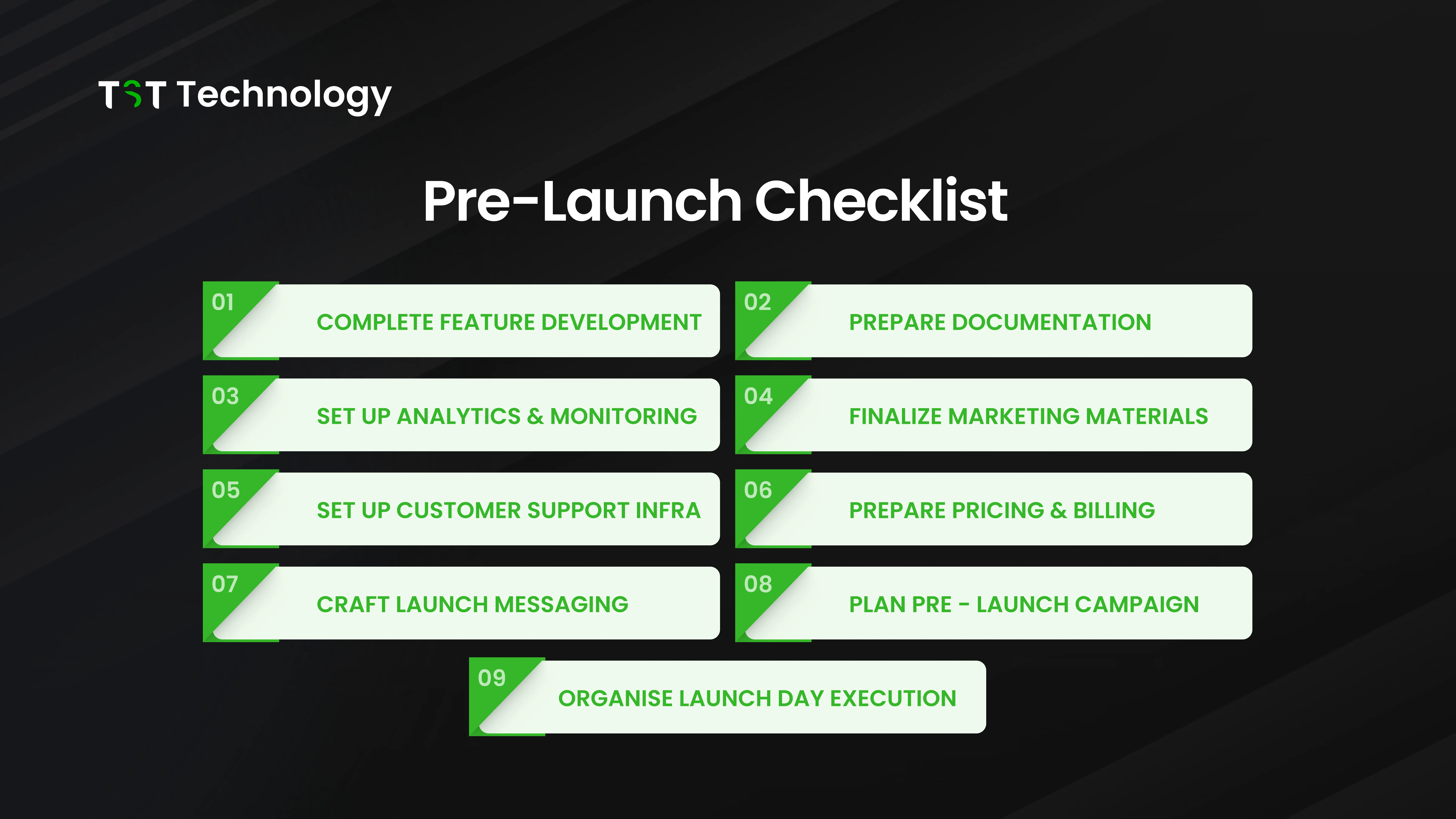
Product Finalization
Complete Feature Development
- Finish MVP feature implementation
- Resolve all critical and major bugs
- Optimize performance (page load times <3 seconds)
- Deploy to the staging environment
- Conduct final regression testing
Before finalizing your product, consider whether you're making the right strategic choice. Understanding the trade-offs between custom vs off-the-shelf solutions can help validate your decision and ensure you're maximizing your competitive advantages.
Prepare Documentation
- Write user guides and help documentation
- Create tutorial videos for key workflows
- Prepare API documentation
- Write FAQs addressing common questions
- Create admin/support documentation
Set Up Analytics & Monitoring
- Implement event tracking
- Set up dashboards for key metrics
- Configure alerts for critical issues
- Plan KPI definitions and tracking
- Set up error logging and monitoring
Marketing & Sales Preparation
Finalize Marketing Materials
- Create product screenshots and a demo video
- Write compelling product descriptions
- Develop sales presentations
- Prepare comparison charts vs. competitors
- Create email campaign templates
Set Up Customer Support Infrastructure
- Choose a helpdesk/support ticketing system
- Create response templates for common issues
- Plan support availability and staffing
- Set up a knowledge base
- Create support escalation procedures
Prepare Pricing & Billing
- Finalize pricing tiers and features
- Set up billing and payment processing
- Create an invoicing system
- Plan trial/freemium strategy
- Document billing FAQs
Communications & Messaging
Craft Launch Messaging
- Write compelling tagline (8-10 words max)
- Create an elevator pitch
- Develop core messaging pillars
- Write a 30-second demo description
- Prepare customer testimonials and case studies
Plan Pre-Launch Campaign
- Build email waitlist (target 500-1,000)
- Schedule social media content calendar
- Prepare launch day posts and threads
- Plan influencer outreach
- Create countdown content
Organize Launch Day Execution
- Assign team roles and responsibilities
- Create a launch day timeline and checklist
- Set up monitoring dashboards
- Plan team communication channels
- Prepare contingency plans for issues
Launch & Go-to-Market Checklist: Making Your Mark
Product Launch
Execute Soft Launch
- Deploy to production environment
- Conduct smoke tests on the live environment
- Monitor server performance and errors
- Prepare the team for customer support
- Have backup plans ready
Announce Launch Across Channels
- Email notification to waitlist (personalized)
- Post on LinkedIn with strategic timing
- Share on Twitter/X with a compelling thread
- Submit to Product Hunt (schedule 24 hours in advance)
- Post in relevant online communities (Reddit, Hacker News)
Launch on Product Hunt
- Create a compelling Product Hunt post
- Prepare demo video and screenshots
- Plan team presence for AMA (Ask Me Anything)
- Respond to comments and feedback promptly
- Target top 5-10 ranking for the day
Leverage Press & Media
- Send press releases to tech journalists
- Pitch to industry publications
- Contact tech bloggers for coverage
- Prepare media kit with images and information
- Monitor press mentions and coverage
Go-to-Market Activities
Activate Customer Acquisition Channels
- Execute Facebook and LinkedIn ad campaigns
- Start content marketing initiative (blog posts)
- Launch influencer partnership program
- Begin direct outreach to target customers
- Execute email marketing campaigns
Build Community Engagement
- Actively engage with launch day comments
- Respond to customer questions and feedback
- Share customer success stories
- Create ongoing content and tips
- Build an engaged community of early users
Measure Launch Success
- Track sign-ups and conversion rates
- Monitor website traffic and sources
- Measure social media engagement and reach
- Track press mentions and coverage
- Calculate cost per acquisition (CPA)
Post-Launch Optimization Checklist: Momentum & Growth
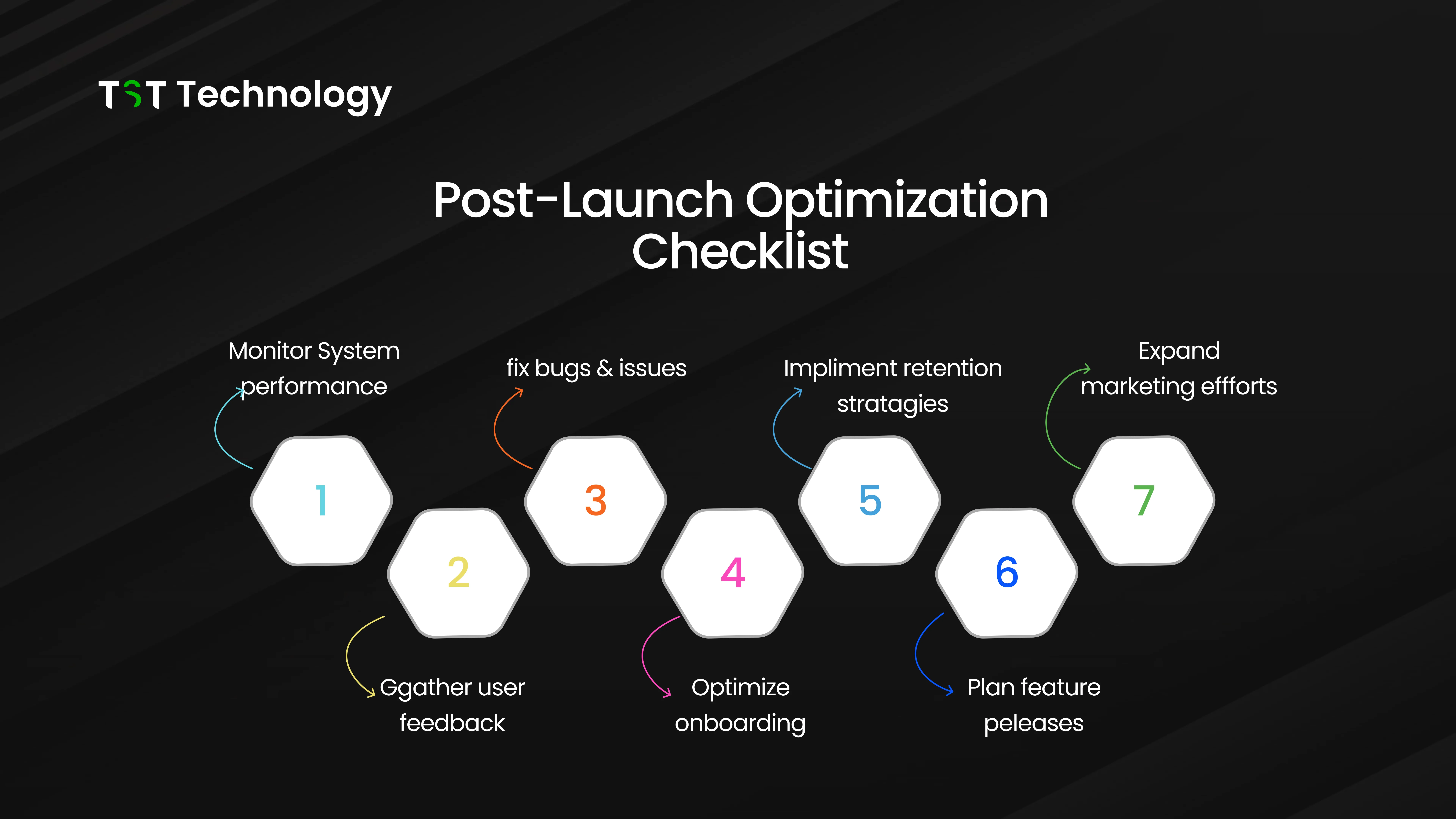
First 30 Days
Monitor System Performance
- Track uptime and system health
- Monitor error rates and logs
- Measure API response times
- Track database performance
- Fix critical issues immediately
Gather User Feedback
- Send post-launch survey to users
- Conduct user interviews (5-10 early customers)
- Monitor support tickets and common issues
- Track feature requests and feedback
- Create a feedback aggregation system
Fix Bugs & Issues
- Prioritize and fix critical bugs
- Address common user issues
- Optimize slow features and workflows
- Improve error messages and UX
- Deploy hotfixes as needed
Growth & Retention (30-90 Days)
Optimize Onboarding
- Reduce time-to-activation
- Improve guided tours and help content
- Reduce onboarding friction
- Track onboarding completion rates
- A/B test different onboarding flows
Implement Retention Strategies
- Define and track activation metrics
- Create email nurture campaigns
- Implement feature education sequences
- Create in-app engagement tactics
- Plan loyalty and referral programs
Plan Feature Releases
- Release planned v1.1 features
- Prioritize based on user feedback
- Create feature release notes
- Plan beta testing for new features
- Communicate the roadmap to users
Expand Marketing Efforts
- Build SEO strategy and content plan
- Create case studies and success stories
- Develop referral/partnership program
- Plan PR and media outreach
- Explore paid advertising expansion
Conclusion
Building a custom SaaS product is not easy. It takes time, planning, and many small steps. But if you follow this checklist and complete each step carefully, your chances of success become much higher.
Key Takeaways
- Validate Before Building: Spend time validating market demand and product-market fit before significant development investment.
- Keep MVP Focused: Resist feature creep. Focus on 3-5 core features that solve your users' most critical problems.
- Quality Over Speed: Prioritize quality, security, and user experience from the start rather than rushing to launch.
- Plan Your Launch: Don't rush go-to-market. Execute a coordinated multi-channel launch strategy.
- Listen to Users: After launch, collect user feedback and iterate rapidly based on actual usage patterns and feedback.
- Focus on Retention: Customer acquisition is expensive. Build retention and engagement into your product and strategy from day one.
If you're ready to turn your SaaS vision into reality, partnering with an experienced custom SaaS development partner can help you navigate the complexities and accelerate your time to market while ensuring best practices at every stage.

